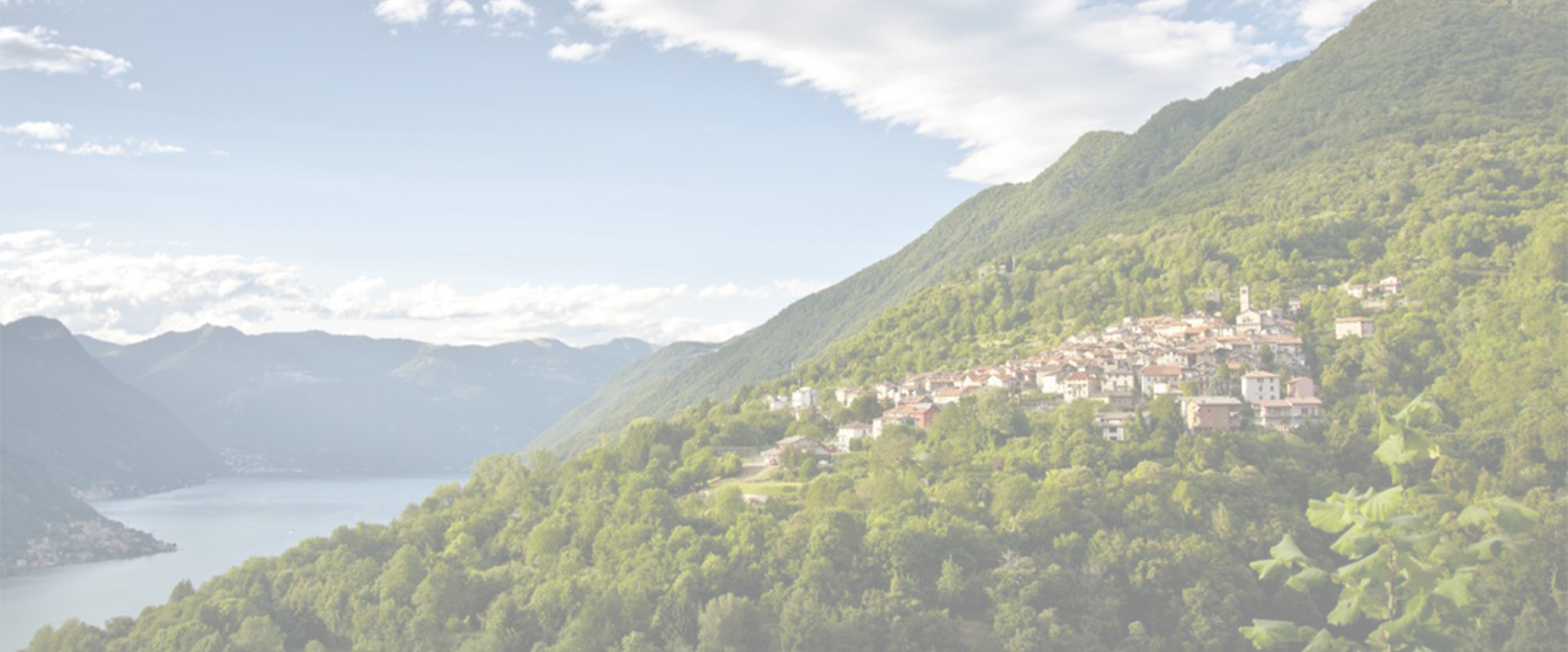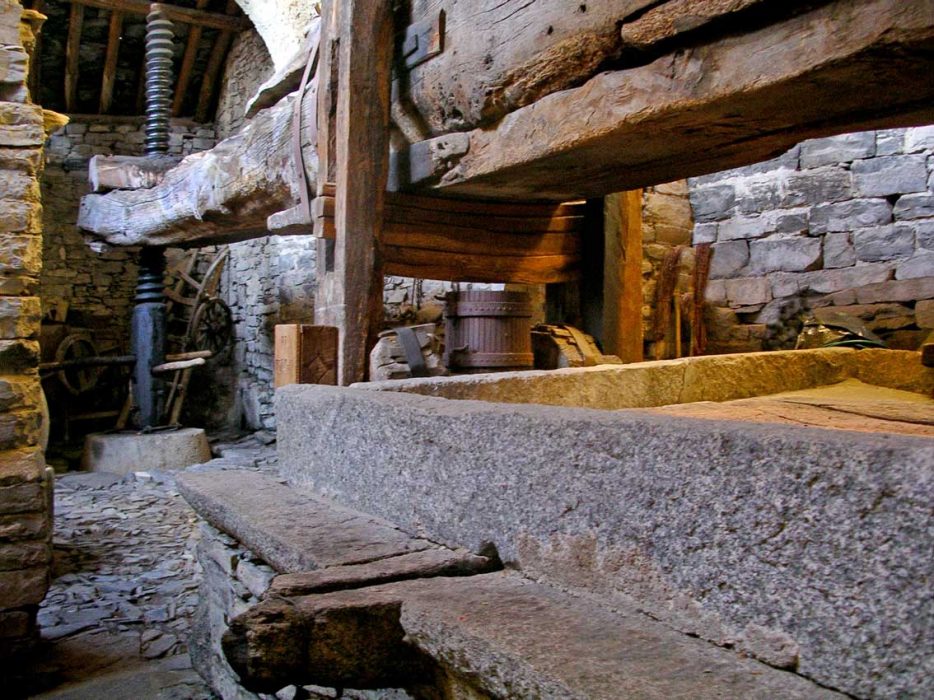A testimonianza della vita agricola del passato esiste a Palanzo un torchio monumentale per le vinacce, che risale al 1572 ma ancora perfettamente funzionante. Il torchio viene messo in funzione per l’annuale sagra che si tiene la prima domenica di ottobre. Il torchio è un monumento nazionale.
La trave di castagno è stata ricavata da un albero abbattuto sul posto o nelle vicinanze, sopra il quale è stato eretto l’attuale rustico di proprietà comunale, le sue dimensioni ed il suo enorme peso avrebbe reso molto difficoltoso un lungo tragitto.
Questo fa pensare che il torchio sia stato una delle prime cose costruite a Palanzo, le strette vie del paese non avrebbero permesso il passaggio dell’enorme tronco.
Le mura che racchiudono il torchio si distinguono dalle altre per il sasso a vista posato quasi a secco, le aperture in facciate prive di finestre e per una vecchia porta in castagno chiusa semplicemente da un antico chiavistello di ferro. Basta farlo scorrere che la porta si apre scoprendo all’interno il gigante addormentato, il torchio.
Insieme alla macina di granito che si trova nello stesso edificio, il torchio veniva utilizzato anche per la schiacciatura e la spremitura delle noci dalle quali si ricavava olio e, dai resti dei gusci, il pannello per le bestie. L’ennesima dimostrazione di come l’economia rurale non lasciasse spazio allo spreco.
Oggi come all’ora chiunque può entrare e uscire da questo spazio, non esiste custode né serratura che impedisca l’accesso. Tutto è rimasto come 500 anni fa: uno spazio sociale che custodiva uno strumento pubblico, costruito per la comunità e usato a turno da tutte le famiglie del paese.


